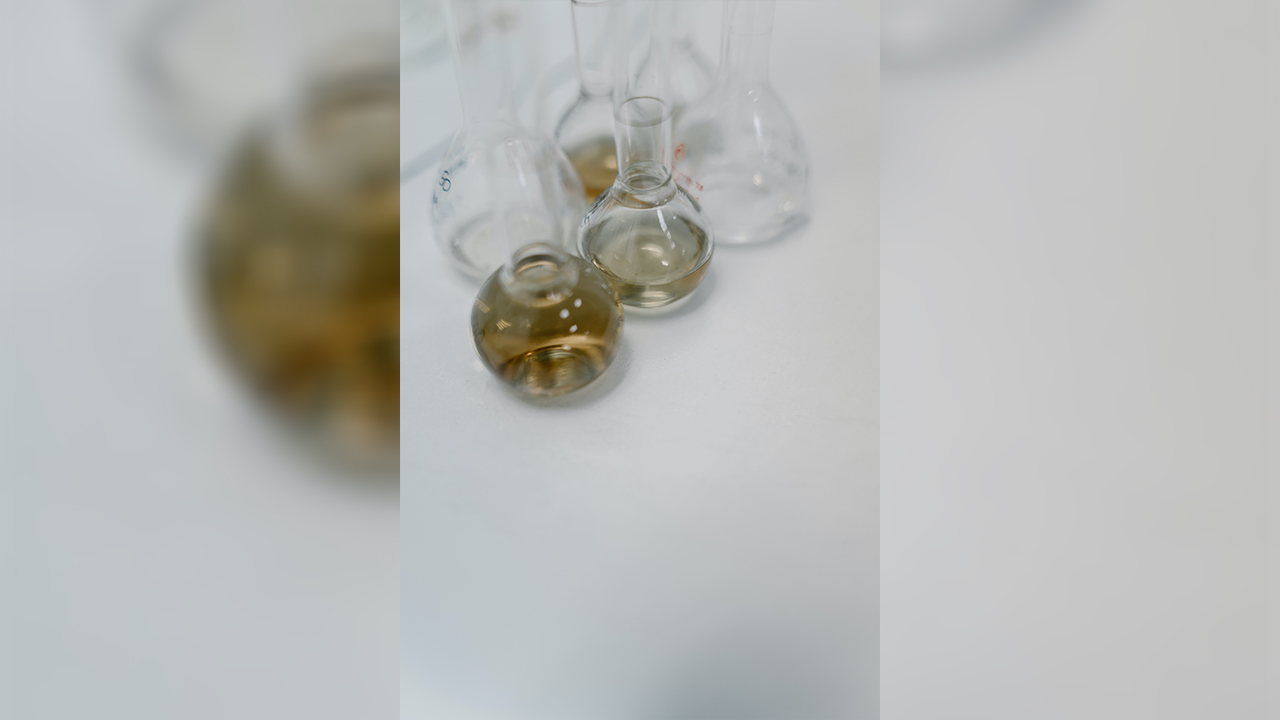Science & Technology, Canada (Commonwealth Union) – Scientists at the University of Montreal, (UdeM) have achieved a groundbreaking feat by recreating and rigorously validating two molecular languages believed to be fundamental to the origin of life. This remarkable achievement, published in the Journal of American Chemical Society recently, signifies a significant leap forward in the realm of nanotechnology, with promising applications spanning biosensing, drug delivery, and molecular imaging.
Within living organisms, a multitude of nanomachines and nanostructures, numbering in the billions, engage in intricate communication processes, ultimately giving rise to higher-order entities capable of crucial functions like mobility, cognition, survival, and reproduction. This achievement in decoding and understanding molecular languages at life’s inception has the potential to revolutionize our capacity to manipulate and harness nanoscale phenomena for a range of innovative applications.
“The key to life’s emergence relies on the development of molecular languages – also called signalling mechanisms – which ensure that all molecules in living organisms are working together to achieve specific tasks,” explained professor Alexis Vallée-Bélisle who is the principal investigator, of the study at UdeM bioengineering.
In yeasts, such as an example, when they detect and bind a mating pheromone, an astounding number of molecules engage in intricate communication and synchronization to kickstart the union process. Professor Vallée-Bélisle, who holds the Canada Research Chair in Bioengineering and Bionanotechnology, highlighted this phenomenon.
Professor Vallée-Bélisle indicated that as they usher in the age of nanotechnology, there’s a prevailing belief among many scientists that the capacity to comprehend and effectively utilize the molecular languages honed by living organisms is pivotal for designing and programming more intricate and beneficial artificial nanosystems.
Researchers gave examples such as one widely recognized molecular communication system is allostery, characterized by the “lock-and-key” mechanism. In this process, one molecule binds to another and, in doing so, alters its structure, thereby guiding it to either initiate or inhibit a particular activity.
In contrast, there exists a less familiar molecular language known as multivalency or the chelate effect. This mechanism resembles a puzzle, where the binding of one molecule to another enhances or hinders the binding of a third molecule by expanding the binding interface.
While both of these linguistic systems are present in all molecular systems across living organisms, it’s only recently that scientists have begun to decipher their underlying rules and principles. Consequently, they can now harness these languages to construct and program innovative artificial nanotechnologies.
Due to the intricate nature of natural nanosystems, until recently, it was impossible to directly compare the fundamental rules, advantages, and limitations of these two languages within the same system, as highlighted by Professor Vallée-Bélisle.
To carry this out, his doctoral student Dominic Lauzon, 1st author of the study, had the concept of making a DNA-based molecular system capable of functioning with the utilization of both languages. “DNA is like Lego bricks for nanoengineers,” explained Lauzon. “It’s a remarkable molecule that offers simple, programmable and easy-to-use chemistry.”
The study unveiled that straightforward mathematical equations effectively capture the essence of both molecular languages, thus unveiling the parameters and design principles required to orchestrate communication among molecules within a nanosystem.
As an illustration, the multivalent language afforded the capability to regulate both the sensitivity and cooperativity of molecule activation or deactivation, while its allosteric counterpart only provided control over sensitivity in the response.
Armed with this newfound comprehension, the researchers harnessed the multivalency language to create and engineer a customizable antibody sensor. This innovative sensor empowers the detection of antibodies across varying concentration ranges.
Beyond broadening the array of synthetic techniques for forging the forthcoming era of nanotechnology, the scientists’ breakthrough also illuminates the reasons behind the preference of certain natural nanosystems for one molecular language over another when conveying chemical information.








